Choosing Which Vegetable Seed Varieties to Plant
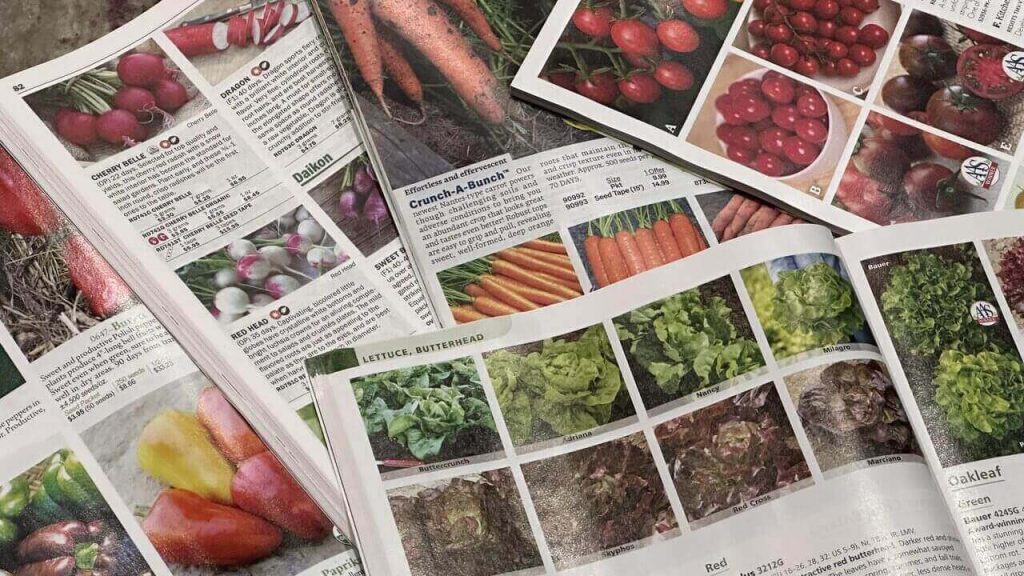
That moment you’ve been waiting for is finally here. It’s time to find a comfy chair, grab a cup of your favorite warm beverage, sit down with the new seed catalogs that have been piling up in your mail, and choose which vegetable seed varieties you’ll grow in your garden this year.
It’s a highlight you’ve been eagerly anticipating for weeks. Now, surrounded by catalogs from top seed suppliers, you’re facing a world full of exciting options, though it feels a bit daunting too.
Choosing seeds is more than just kickstarting your garden. It’s about shaping your vision for this little slice of nature. Each seed is a potential player in the garden you’re dreaming up.
As you sift through the options, you’re not just considering practical stuff like space and climate. You’re also thinking about the flavors you love and the new plant types you might want to experiment with. It’s a blend of your gardening know-how, personal tastes, and a willingness to explore.
Every decision, every surprise along the way, is what makes gardening so uniquely yours and incredibly fulfilling. This isn’t just planting. It’s creating a garden that reflects who you are and brings joy with every sprout and harvest.
Choosing which vegetable seeds to plant is the initial step in the series, Starting a Vegetable Garden.
Assess Your Space and Conditions
When you start picking out veggies for your garden from all the options in seed catalogs, the first thing to do is look at your garden space.
Check out how big it is, what the soil’s like, and how much sun it gets.
Different veggies need different amounts of space. Some grow best in big, open areas, while others are perfect for smaller spots or even growing in pots.
It’s just as important to know about your local weather and how long your growing season is. This helps you pick plants that will do well in your area’s conditions.
For instance, some veggies love the cold and can be planted early. Others need it warmer and should be planted after the frost is gone.
This step is all about matching what you want to grow with what your environment can handle.
Personal Preference and Usage
Your own likes and dislikes are a big part of choosing what to grow. Think about the veggies you and your family really enjoy.
Growing your favorites means you’ll be more excited to use what you harvest, and it makes gardening extra rewarding.
This is your chance to shape your garden to suit your taste buds, making a clear connection between the effort you put in and the tasty results on your dinner table.
Starting off with these thoughts lays great groundwork for your gardening adventure. It makes sure that what you do is not only fun but also fits well with where you live and what you like.
Keeping these factors in mind will help you sort through all the choices in your seed catalogs more easily. This will lead to a garden that’s not just full of good stuff but also really satisfying to work on.
When picking veggies for your garden, think about what you and your family love to eat. Planting your go-to veggies means everyone will be excited to eat what you grow. And it makes the whole gardening experience feel more rewarding.
Imagine how great it’ll feel to pick tomatoes for your family’s favorite salad or grab some fresh herbs right from your garden for cooking. This way, your garden becomes more than just a patch of plants. It turns into a personal pantry of fresh, loved ingredients.
Experimentation and Diversity with Vegetable Seed Varieties
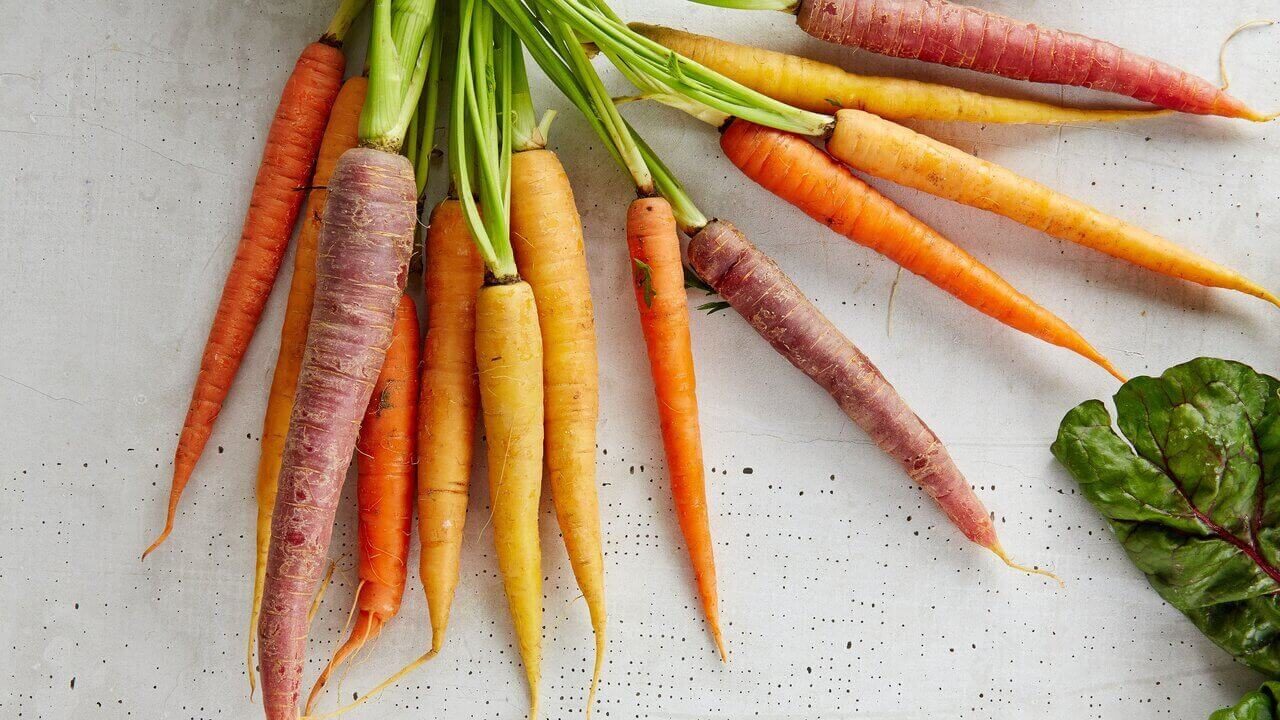
Adding a few new and different veggies to your garden each year is a great way to keep things interesting. It’s like adding a dash of surprise and excitement to your gardening routine.
Along with the reliable types you already know work well, trying out a few new ones each season can be fun and eye-opening.
This gives you a chance to try out different tastes, textures, and colors in your cooking. Plus, experimenting with new varieties helps you figure out what grows best in your garden. This could mean even better harvests down the line.
Keeping a balance between growing your favorite veggies and trying out new ones makes gardening really dynamic. It means your garden is both a reliable source of the foods you love and a fun place to experiment and learn more about plants.
This way, gardening stays exciting and new every year. It also keeps your connection with the earth and the food it gives us strong and fresh.
Disease Resistance and Yield for Vegetable Seed Varieties
Picking plant varieties that are resistant to diseases can really boost your garden’s health and how much it produces.
If you’ve had trouble with plant health before, using these tough varieties can make a big difference. They’re often made to fight off common pests and diseases, so you don’t need to put in as much work or use chemicals.
This not only makes gardening easier but also helps keep your garden more natural and earth-friendly. Plus, some of these varieties are made to give you more produce. This is great if you don’t have a lot of space.
These high-yield plants help you get the most out of every bit of your garden, ensuring a plentiful harvest, even from smaller areas.
Vegetable Seed Succession and Companion Planting
Succession planting is a smart way to make the most of your garden space and keep the veggies coming all season long. It’s all about timing your planting so different crops are ready to pick at different times, not all at once.
This way, you get a steady stream of fresh produce, instead of one big harvest. It’s really handy if you want to grow lots of different things but don’t have a lot of room.
Succession planting keeps your garden productive and full of life for a longer time. It always gives you something new to harvest. This approach is great for using your space well and keeping your garden bustling with growth.
Companion planting is a really great part of gardening where you pair up plants that help each other out. Some plants can make their neighbors grow better, taste better, or stay healthier.
For instance, certain plants naturally keep pests away, protecting the ones around them. Others can boost the nutrients in the soil.
It’s also smart for space-saving, like when taller plants give some shade to smaller ones that don’t like too much sun. This teamwork between different plants can make your garden stronger, more productive, and healthier.
By figuring out and using companion planting, you’re not just making your garden work better together, you’re also cutting down on the need for chemical stuff.
Seed Viability and Germination Rates
When you’re picking out vegetable seed varieties, it’s smart to think about how likely they are to sprout and grow into strong plants. The fresher the seeds, the better they usually are at starting to grow.
A good tip is to check the date on the seed packet to see how fresh they are. Seeds with high germination rates mean that most of the seeds in the packet should sprout.
Choosing seeds that are fresh and likely to grow well means you’ve got a better shot at a thriving garden. This way, you avoid the letdown of seeds that just don’t grow, making sure your time and effort in the garden really pay off.
Organic, Heirloom, or Hybrid
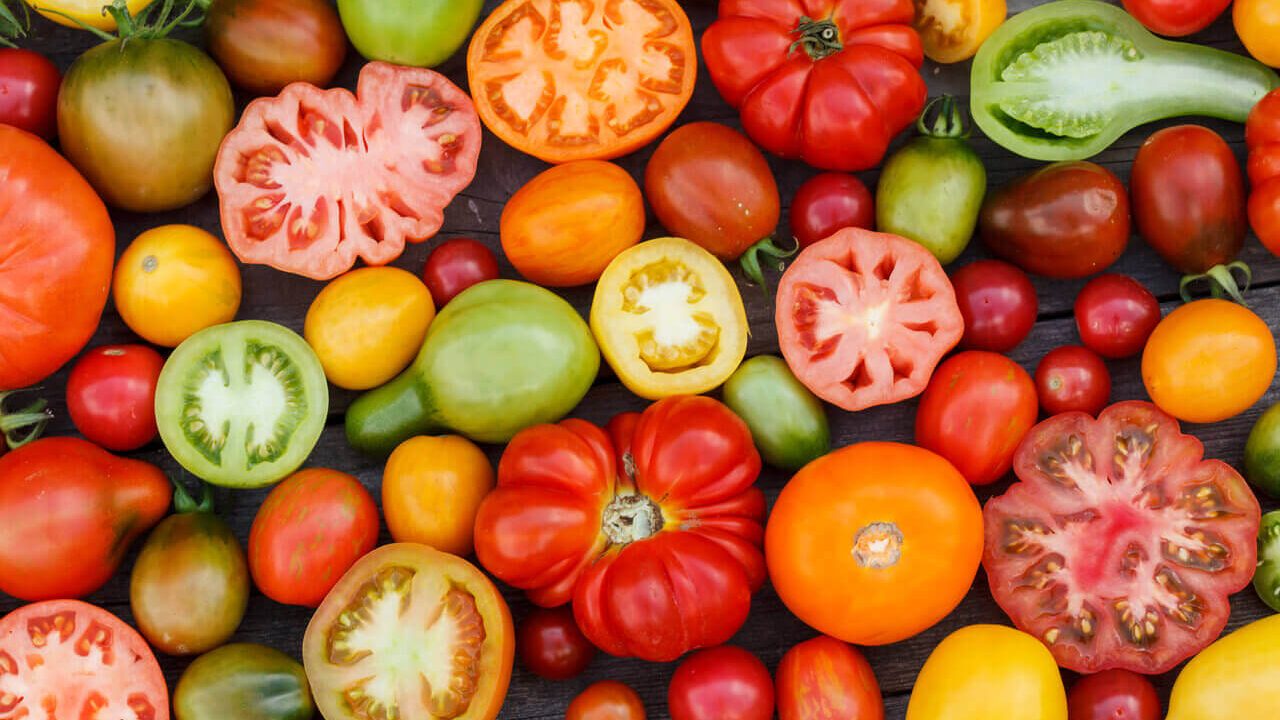
Choosing between organic, heirloom, and hybrid vegetable seed varieties is a key part of planning your garden, because each type has its own perks.
Organic seeds are grown naturally, without any synthetic chemicals, which is great if you’re all about a green, eco-friendly garden. They’re perfect for gardeners who want to keep things environmentally friendly.
Heirloom seeds are the old-school types that have been passed down for generations. They’re known for their amazing flavors and unique traits. Planting these is like bringing a bit of history and unique taste to your garden.
Hybrid seeds are made by carefully mixing different plants to bring out the best qualities, like fighting off diseases better, growing more vigorously, or having more consistent size and ripening times. They’re a solid choice if you want something reliable and strong in your garden.
Budget and Quantity
When it comes to your garden budget and how much space you have, it’s really important to plan carefully. Setting a budget helps you make smart choices so you get the best bang for your buck with seeds and plants.
You also need to think about how much each type of plant will produce and how much room it needs. This helps you figure out how many plants you can realistically grow in your space and for the number of people you’re gardening for.
Whether you have a big garden or just a few containers, planning your budget and how many plants you can handle makes for a more rewarding and successful gardening experience. It makes sure you use your money and space in the best way possible.
Read Reviews and Recommendations
Checking out reviews and getting tips from other gardeners can really help you pick the right vegetable seed varieties. You can find these insights in seed catalogs or on online gardening forums. They offer real-life experiences and handy tips.
Reviews often talk about how well a plant grows in certain conditions, how much it produces, how it tastes, and how it stands up to pests and diseases.
Learning from what others have gone through helps you make smarter choices. This avoids common mistakes and picks varieties that have done well for others in similar situations. This shared approach lets you tap into a huge pool of knowledge, so you can learn from both the hard times and the wins of other garden lovers.
Catalogs’ Descriptions and Pictures
Seed catalogs are more than just sales pitches. Their descriptions and pictures are really useful for figuring out what to expect from each type of vegetable.
These details often include how the veggies taste and feel, their size, and how they grow, helping you picture how they’ll fit in your garden and on your plate.
The pictures show you what the fully grown veggies look like, which is great for picking ones that look as good as they taste.
By really looking at these descriptions and photos, you get a clearer idea of what makes each vegetable special. This helps you choose seeds that match what you want to achieve in your garden and what you like to eat.
The descriptions and photos in seed catalogs are really helpful, not just flashy ads. They give you a sneak peek of what each vegetable variety is like.
The details usually cover the flavor, texture, size, and how the plants grow. This helps you imagine how they’ll work in both your garden and your kitchen.
The photos show you what the veggies will look like when they’re fully grown, which is super useful if you want your garden to look good and produce tasty food.
By paying good attention to these descriptions and pictures, you learn more about what makes each type of vegetable unique. This helps you pick the right seeds that fit your gardening plans and what you like to eat.
Choosing Vegetable Seed Varieties Summarized
Starting your garden by choosing vegetable seeds is an adventure that mixes practical needs with what you personally like, making it a really rewarding experience.
When you think carefully about things like how much room you have, the weather, what you like to eat, which plants go well together, and how good the seeds are, you’re setting up a garden that’ll do great and really suit your way of life.
Mixing your old favorites with some new plants, learning from other gardeners, and using the detailed info in seed catalogs all come together to make your gardening journey super satisfying and always interesting.
Every seed you plant is more than just a plant growing. It’s about creating a vibrant mix of tastes, colors, and scents that make your meals and your life richer.
This article is the initial post in the series, Starting a Vegetable Garden, on VeggieGardenHQ.com.
Kim Nelson is a certified Master Gardener in Texas and previously in Colorado. She was introduced to gardening as a young girl, helping her grandmother and parents grow vegetables in their backyard.

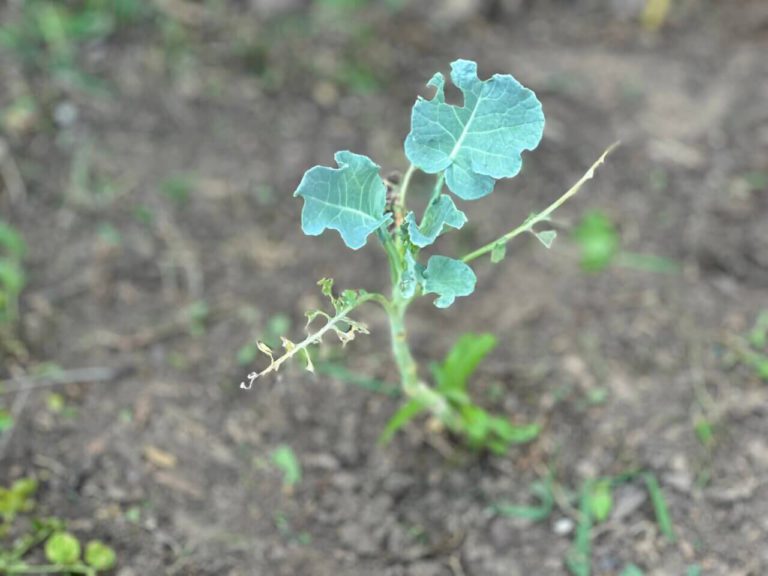
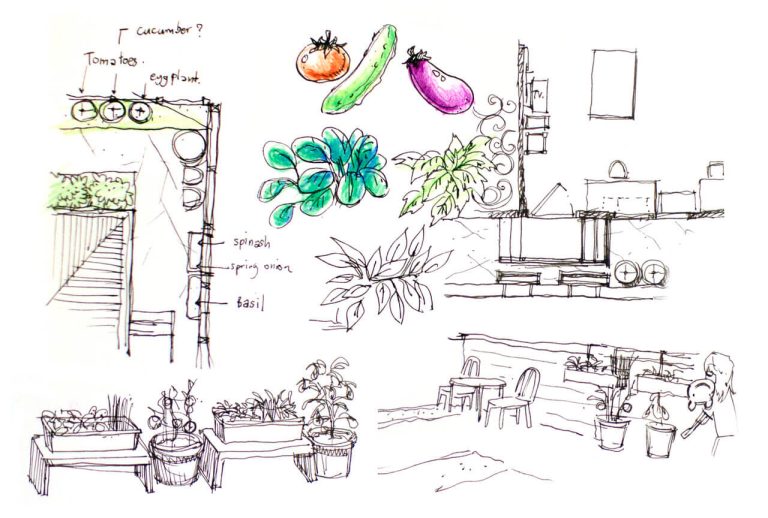
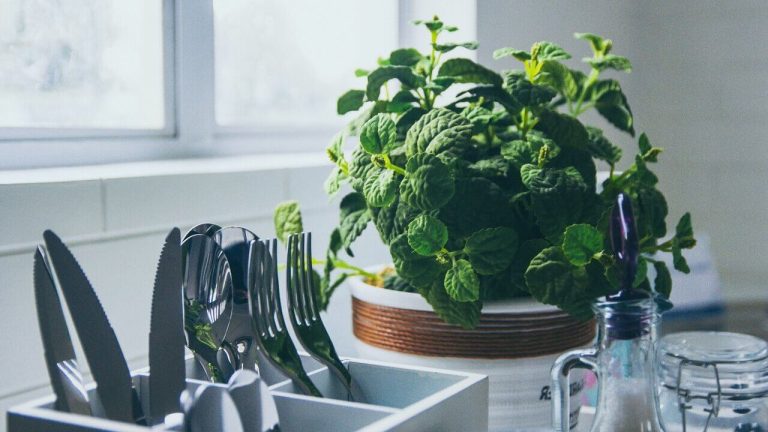
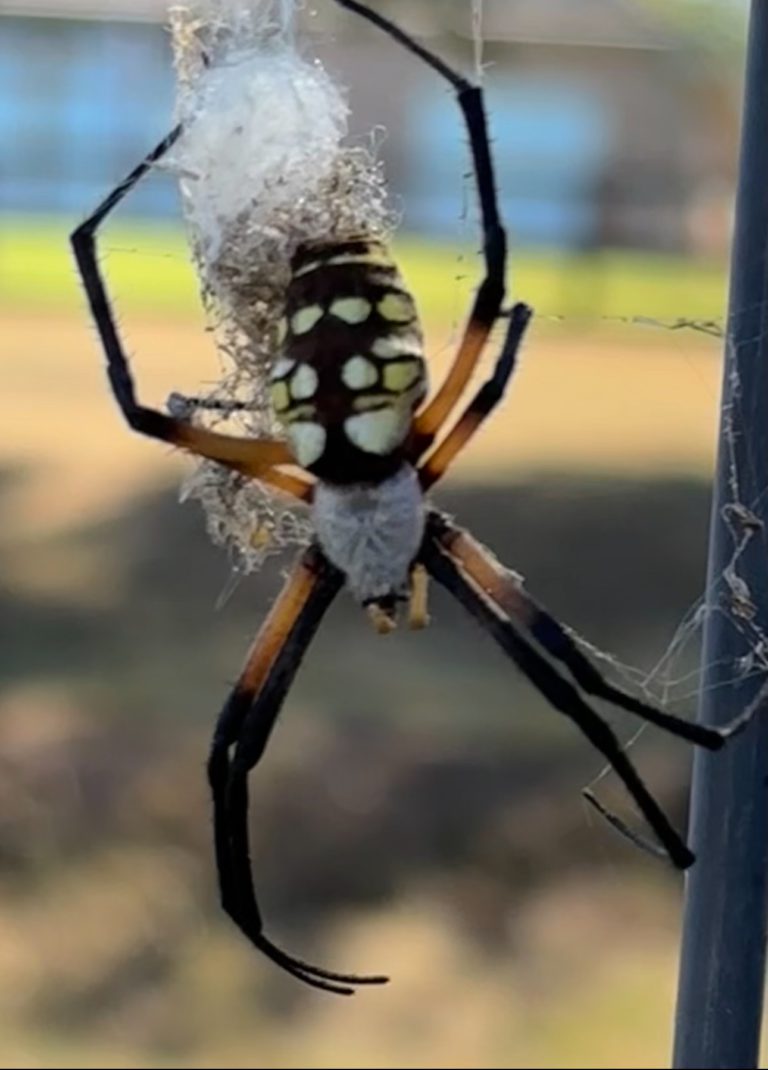
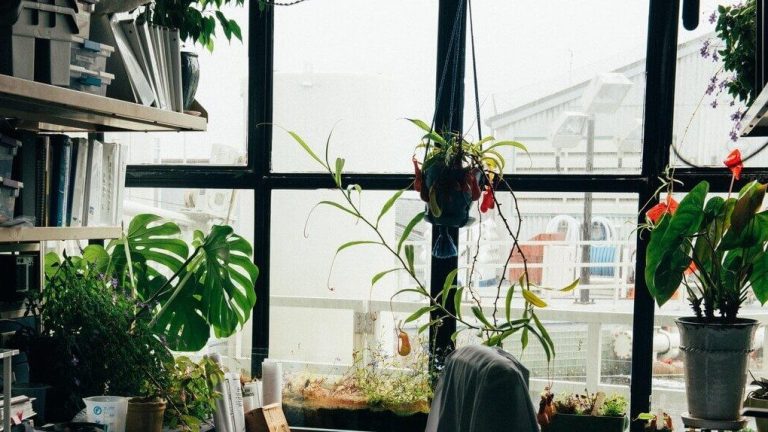
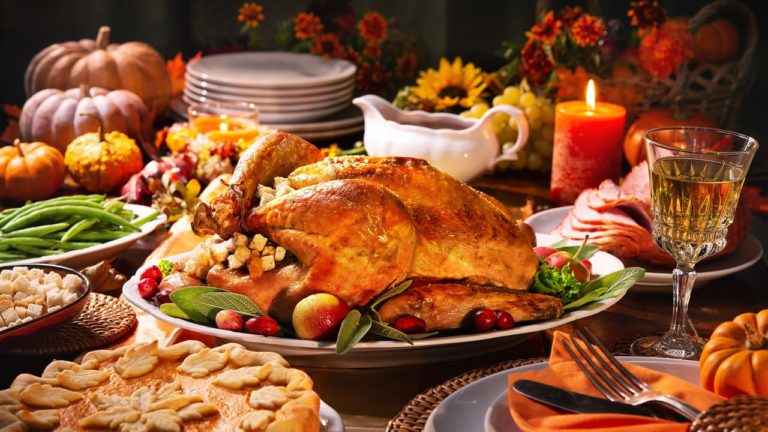
One Comment
Comments are closed.